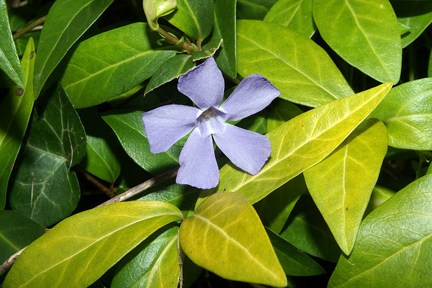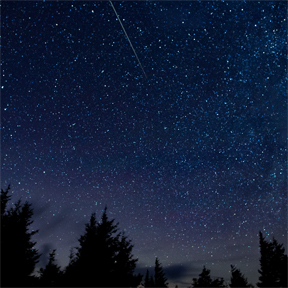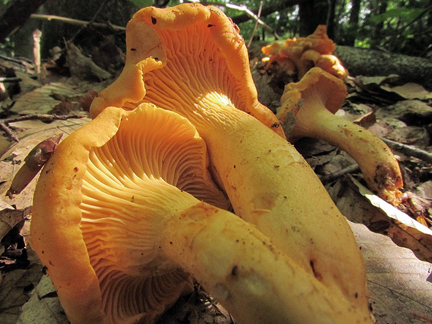I’ve been editing the weekly (bi-weekly in summer) newsletter for science journalists in Canada since February 2018. The newsletter shares with authorized subscribers the Science Media Centre’s top newsworthy picks, with pithy descriptions, from among all the embargoed articles on Eurekalert and peer-reviewed journal sites by Canadian researchers that are scheduled to be published that week. It also includes brief synopses of recently published articles, policy papers, science-related government announcements, and job notices of interest to Canadian science journalists.
The work of engineers and geoscientists in BC is impacted by changes in tools and technology. How is the landscape of our work changing, and what disciplines are emerging? In this Centennial Collector’s Edition, Innovation looks at biomedical technology, nanotechnology, seismology, climate change, artificial intelligence, and big data.
Seventy years ago, Sunday school teacher Elyse Mitchell and five of her adolescent charges died when they disturbed a Japanese bomb they found in a mountain forest near Bly, Oregon. More »
From 2015 to 2017, I managed and edited the Engineers and Geoscientists British Columbia (formerly APEGBC) magazine, Innovation.
View the editions I worked on:
- May/June 2017
- March/April 2017
- January/February 2017
- November/December 2016
- September/October 2016
- July/August 2016
- May/June 2016
- March/April 2016
- January/February 2016
- November/December 2015
- September/October 2015
View the annual reports I wrote the body copy for:
View a sampling news articles that I wrote for APEGBC News, the monthly e-newsletter sent to members:
- Study highlights BC labour market information needs – May 31, 2017
- Guidelines for flood mapping in BC released– May 16, 2017
- 2017/2018 budget maintains current membership fees – May 05, 2017
- Guidelines outline practice standards for riparian area assessments – May 04, 2017
- Task force recommends corporate regulation – May 04, 2017
- APEGBC to help develop tools to increase post-disaster community resilience – May 01, 2017
- Foundation awards 2017 Sheri Plewes Scholarship and Frank Bauman Bursary – April 24, 2017
- APEGBC branches host events around BC for National Engineering and Geoscience Month – April 03, 2017
- APEGBC partners with government on post-earthquake building evaluation training– March 16, 2017
- Working with government: Proactive regulation in a changing environment – March 07, 2017
- APEGBC develops practice guidelines on performance-based seismic design of bridges – March 03, 2017
- Council approves registration hearings policy and procedure – February 28, 2017
- Position paper commits APEGBC to support members with climate change-related resources – January 09, 2017
- Accredited Employer Member-in-Training Pilot Program sees steady growth – January 06, 2017
- 2016/2017 Project Highlights: Call for submissions – November 14, 2016
- APEGBC recognizes contributions and achievements with 2016 awards – November 01, 2016
- Site characterization guidelines improve dam safety – September 01, 2016
She had moved to the area only the year before, lured by the climate, the year-round greenery, and Victoria’s reputation as a city of flowers. Her new home included a garden, with one rocky section that saw little sun. Moss would thrive there, but she wanted something more dramatic. More »
Many of us are reflecting on the year just passed and making plans for the months ahead. The pundits among us have pronounced on the successes and failures behind us and prognosticated on future possibilities. Some of us brought in January 1 with bold resolutions for change—we’ll lose weight, eat more leafy greens, stress less, pay off debt, focus on family….
We spend so much time at this time of year considering past times and future times—and so little time focusing on what we’re doing right now, at this very moment. More »
Watching the night sky from the western edge of the continent at this latitude at this time of year presents a gamble. Announcements that a full moon would light the way for midnight mass-goers this year overlooked our forecast rain showers and our understandable preference for warm, lit, cosy quarters over damp, dark, blustery venues.
Even on December 21, clouds ruled the night. They blocked views of the annual Ursid meteor shower. If the weather had cooperated, the solar-reflector qualities of the nearly full moon so enjoyed elsewhere would have washed out sightings of falling stars we might otherwise have caught.
Before the Ursids zipped by behind thick cloud cover, we could have tried our night-sky luck with the much more spectacular Geminids. This shower peaked on December 13 and 14. Typically, as many as 120 meteors can be observed each hour at its height. More »
November 29—Celebrating a three-tined tribute to the stuff that makes gardens grow seems odd at this time of year. But Global Soil Week, punctuates the end of the U.N.’s International Year of Soils and ends in a trifecta with Saturday’s World Soil Day, relates as much to winter here as it does to places with growing seasons that span the turn of the year.
During Victoria’s damp season, grass gone brown during summer sprouts green, winter heathers bloom, and mushrooms burst forth from the soil.
The chanterelles, pine mushrooms, morels, and other late-year treats are signposts of the complexity and mystery of our coastal soils.
This much we know about soil—we depend on it. To paraphrase the U.N. Food and Agricultural Organization’s website, soil makes possible food, feed, fuel and fibre production. It helps us manage water and prevent drought, and provides supports ecosystem and human wellbeing. Soil does so much for us.
This much we also prefer to overlook. More »





